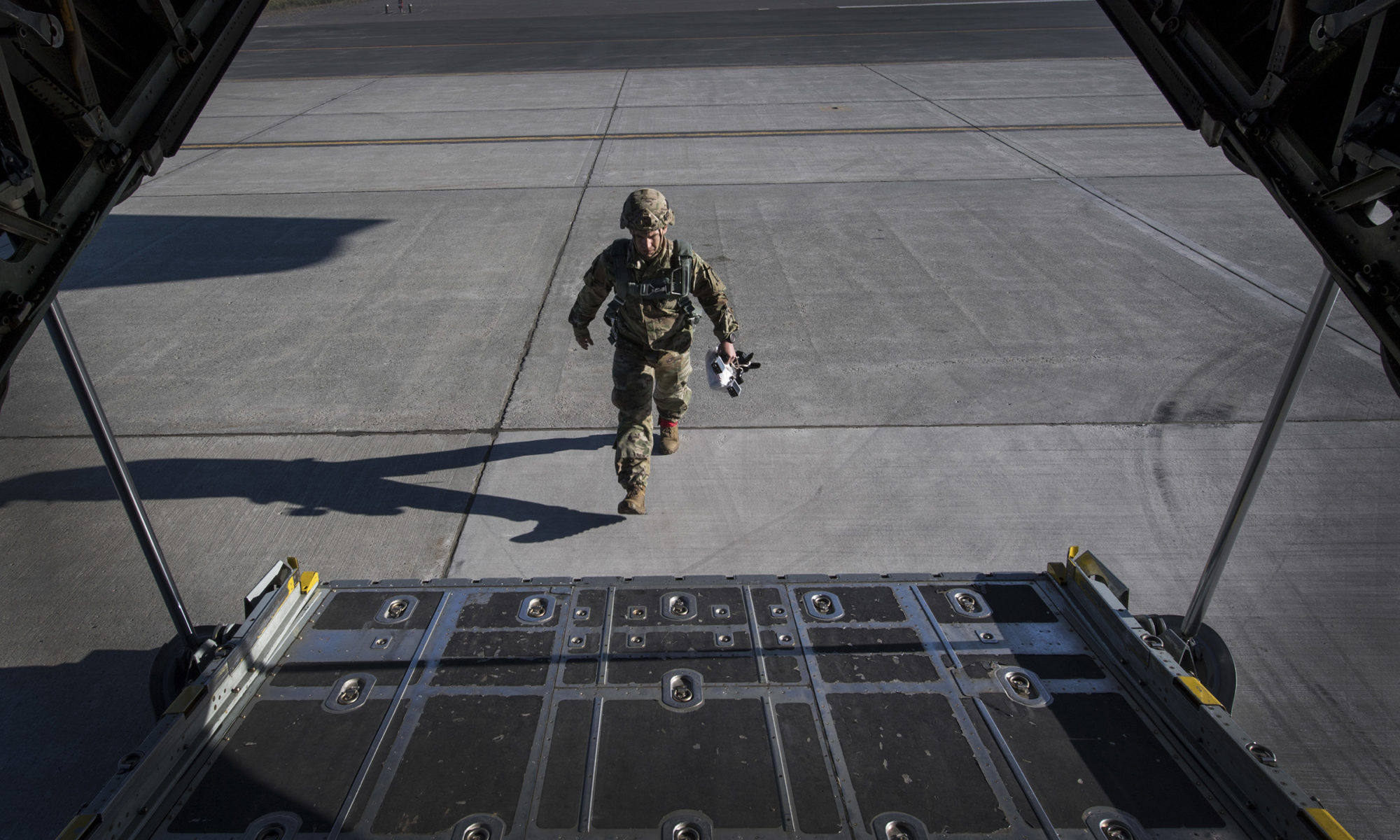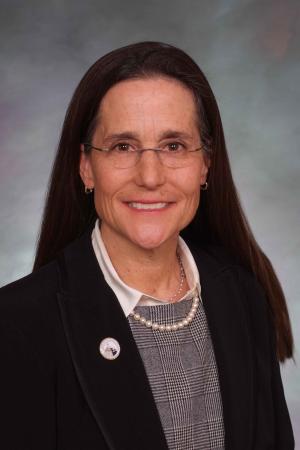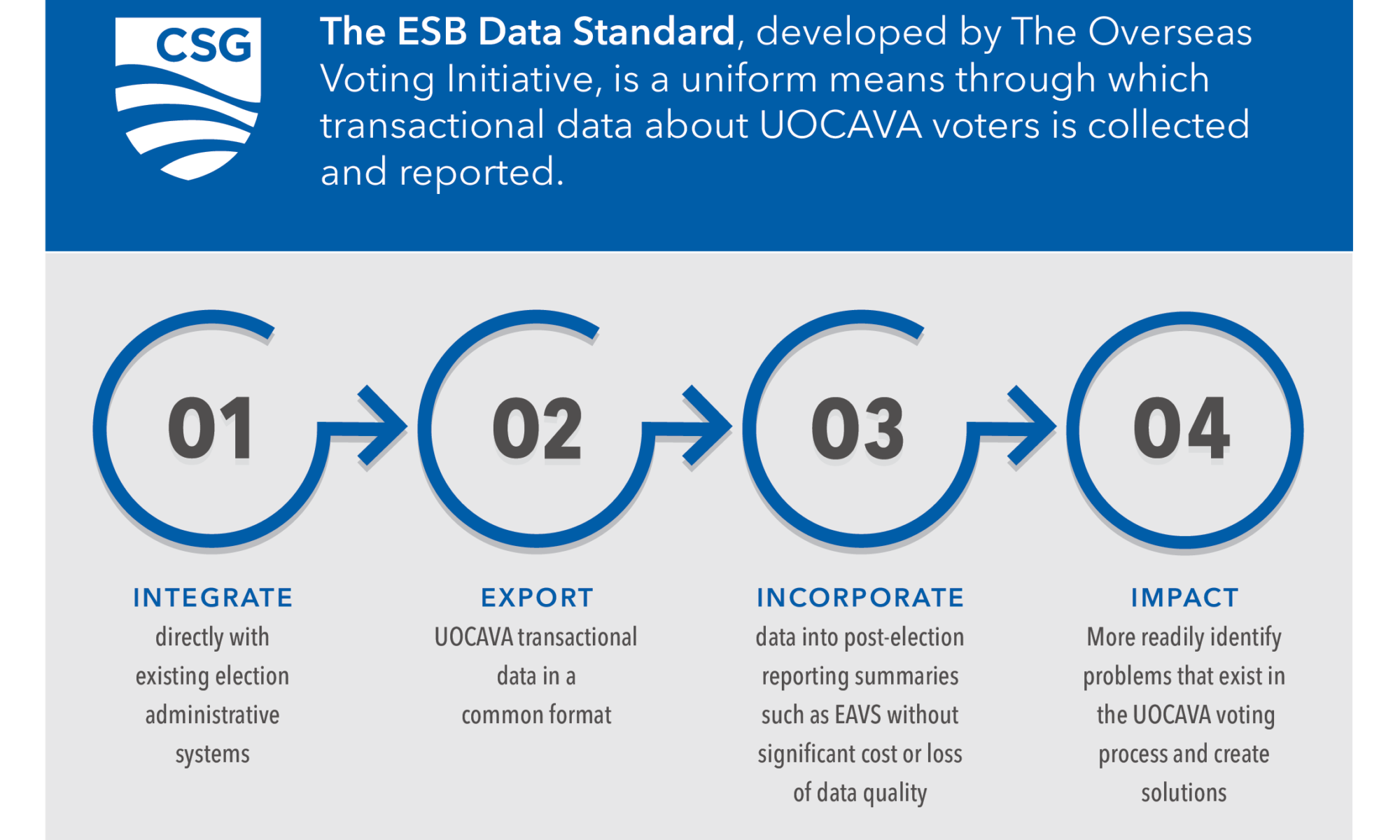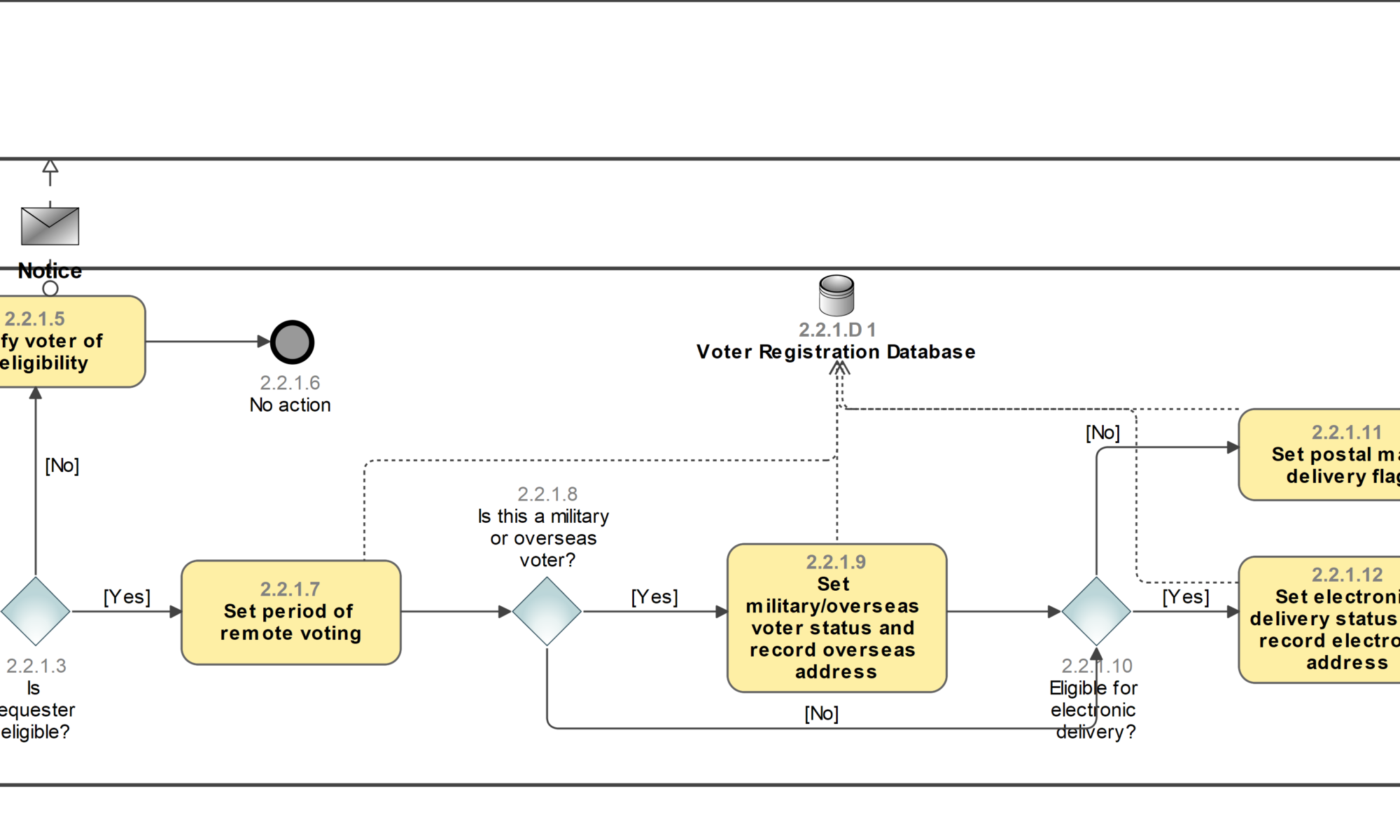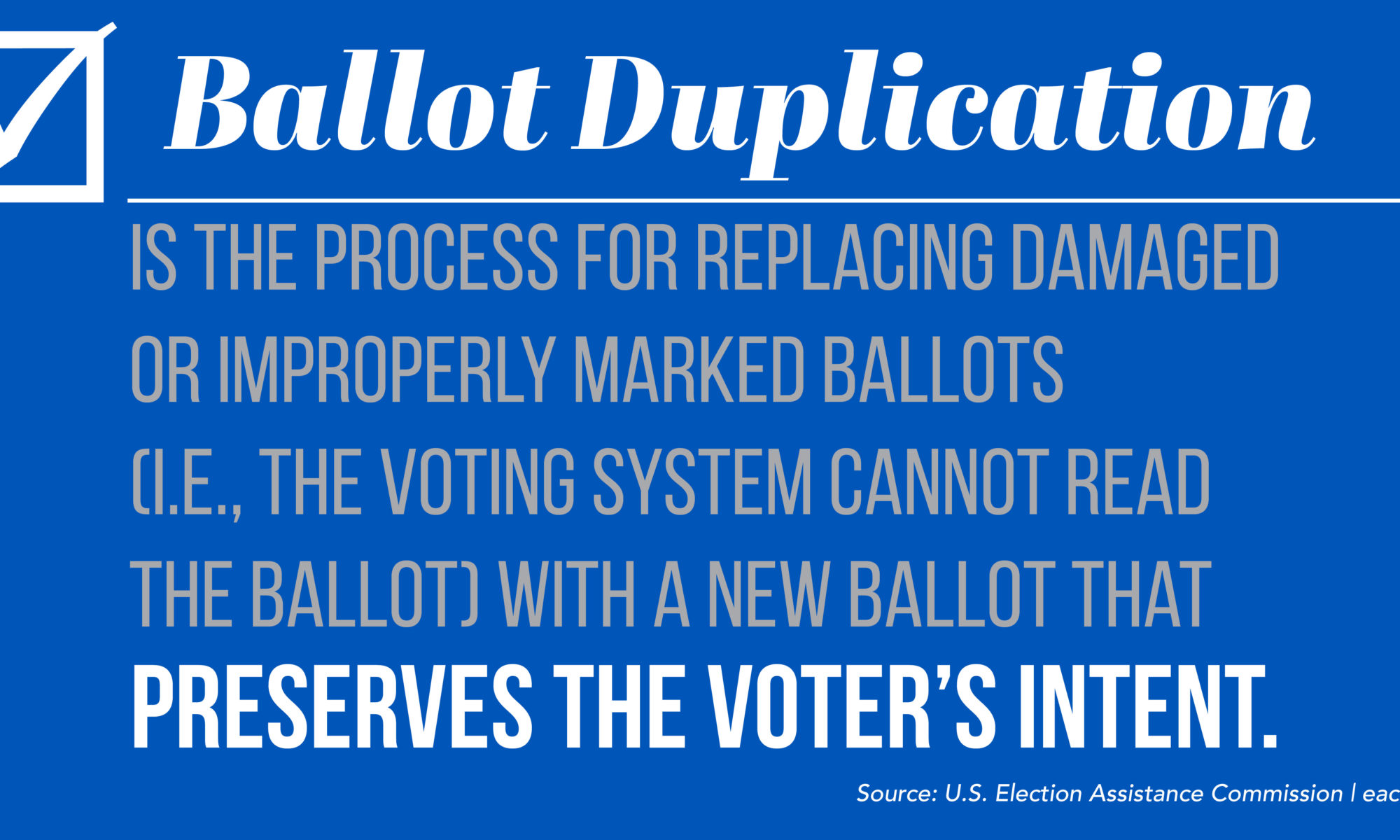As Sandi Wesolowski’s senior year of high school came to a close, she stood calmly by as her fellow classmates struggled to carve out their post-graduation plans. For Sandi, the choice was simple. Inspired by events of the recent 1976 election, Sandi felt called to a career in public service, working in the field of elections administration.
By the time Sandi walked across the stage at graduation, she’d been offered a position with the municipal government in nearby Oak Creek, Wisconsin. Working for the City Clerk, Sandi became directly involved with the administration of local, state and federal elections, helping these processes run smoothly for those in her community. After eight years of service to the City of Oak Creek, Sandi was offered the position of Clerk in the neighboring City of Franklin. She has remained in this role for the past 36 years, during which the population of her jurisdiction has doubled.
During her time as City Clerk, Sandi has administered 11 presidential elections and 124 local elections as well as conducted three statewide recounts. Given elections in Wisconsin are administered at the local level, she has been able to make key improvements and streamline the voting process not only for her staff, but for her voters. With each procedural change her office administered, Sandi sought to prioritize the education of key stakeholders on such changes in order to maintain transparency and public confidence in her office’s conduct of elections.
Despite the improvements Sandi’s office has been able to implement in Franklin, she has become all too familiar with the notion that forward progress is not always linear. Over the years, numerous state laws and regulations have been amended to modify voting processes. Although many of these changes have been permanent, it is not uncommon for policy-makers to revert to old procedures when such changes have adverse impacts. Although taxing for her office, Sandi is reluctant to view such frequent changes as overly burdensome, but as a means through which her office can better serve their voters.
Over the years, the statutory and procedural changes Sandi has implemented have often deployed new and innovative technologies in the polling place. Throughout the late 1970s and early 1980s, Sandi and her colleagues learned how to operate and troubleshoot lever voting machines used by voters to mark and cast their ballot. When she became Clerk for the City of Franklin, lever machines were phased out, replaced by punch card voting systems and later touch screen devices. Today, Franklin utilizes optical scan voting systems to read marked paper ballots and tally the results.
With each voting system roll out came additional training for Sandi and her staff. Not only are election officials required to learn the procedures for operating each system, but also relay any relevant procedural modifications to the public. Often times, voters do not fully recognize the impact of such changes on election officials and merely reap the benefits. Voters typically think of elections as a straightforward, three-step process consisting of registration, casting a ballot and determining the election’s outcome. For some voters, this may be true; however, successfully administering any given election in Franklin City alone requires Sandi and her staff to undertake between 2,000 and 3,000 different steps. When considering these steps alongside state mandated trainings, it becomes clear the staggering challenge that implementing new technologies can pose for her office.
Despite the challenges brought by each election cycle, Sandi has maintained her heart for service and a voter-centric approach in her role as City Clerk. In any given election year, she typically works an average of 10 hours a day, six days a week. During the 2020 election cycle, however, this increased to 12-15 hour workdays, seven days a week. For Sandi, such a demanding schedule was not only necessary to administer an election in the middle of a global pandemic, but worthwhile when her office successfully reported their results in the face of curtailed staffing levels and heightened public scrutiny.
Sandi’s dedication to customer service and her voters is not only demonstrated through her taxing schedule, but also the personal connections she has established with voters. For voters covered by the Uniformed and Overseas Citizens Absentee Voting Act (UOCAVA) in particular, she has made it her personal responsibility to see to it that those who wish to vote while stationed stateside or while living abroad are able to do so. For each of her approximately 100 UOCAVA voters, Sandi provides detailed instructions for how to return their voted ballot based on their personal situation. Over the years, she has come to know many of these voters and anticipate their needs each election cycle.
When asked about the lasting connections she has made with her voters, Wesolowski recalled one story in particular that stood out. One day, Sandi was advised by her staff that a woman had come into the office asking to speak with her directly. Through tears, the woman would come to explain how she was there to thank Sandi for the time and effort she had spent making sure her son could vote from abroad. After a few pictures of the two were snapped, they parted ways. Although brief, the impact the interaction left on the parties involved was indelible.
As events surrounding the 2020 election demonstrate, it is important now more than ever to highlight and support the work of election officials like Sandi Wesolowski and her staff. While Sandi’s personal commitment to her voters may be unique, the taxing schedule she maintains is all too often reflected among election officials throughout the country. Countless hours are spent prepping registration and ballot materials, polling places and voting systems in any given election year and it is only thanks to such work that voters’ voices are heard.
